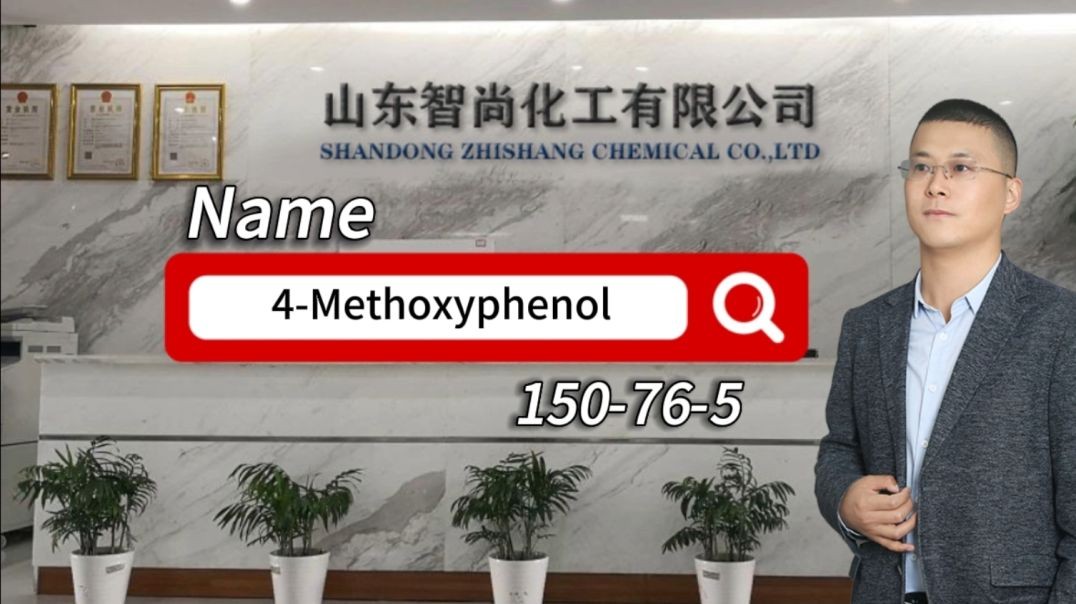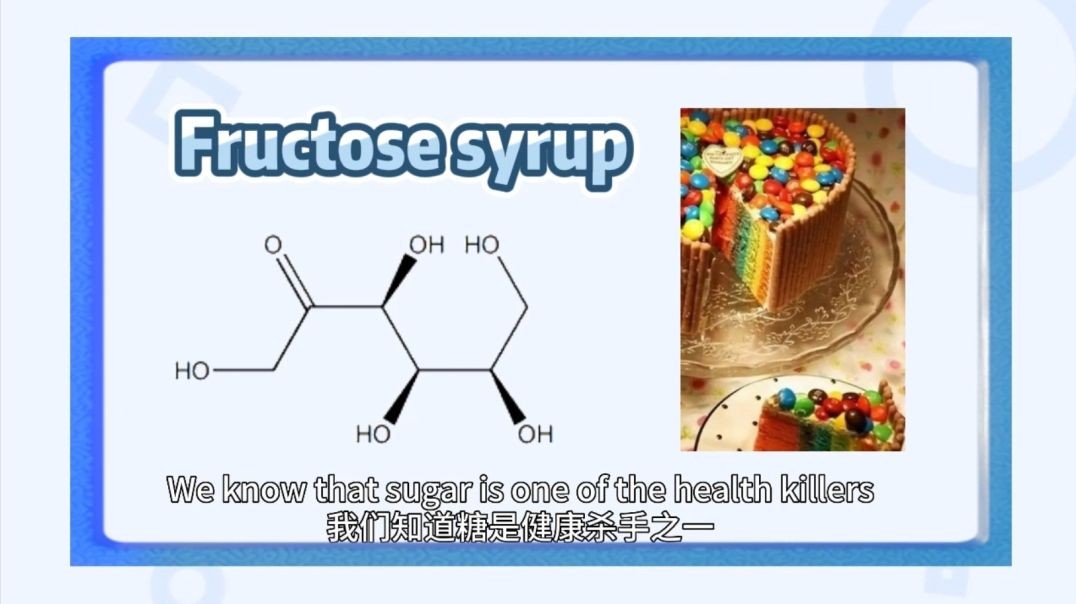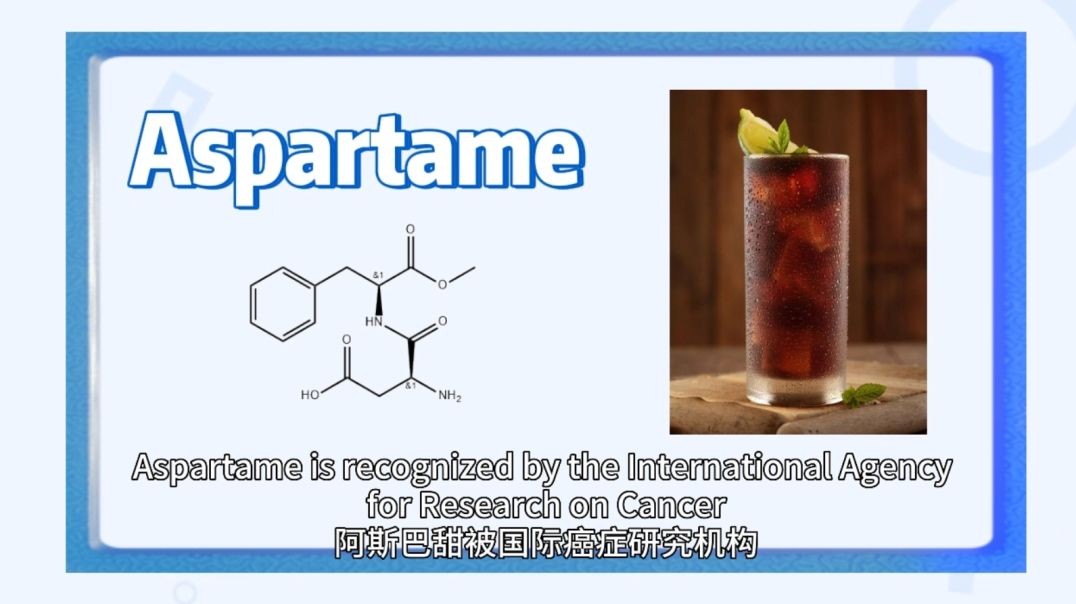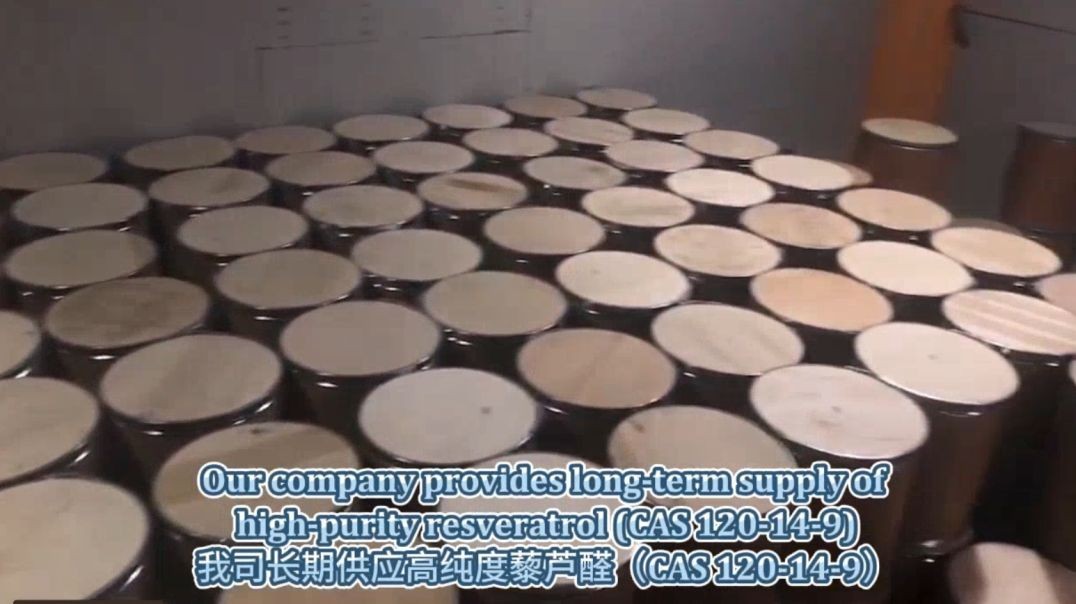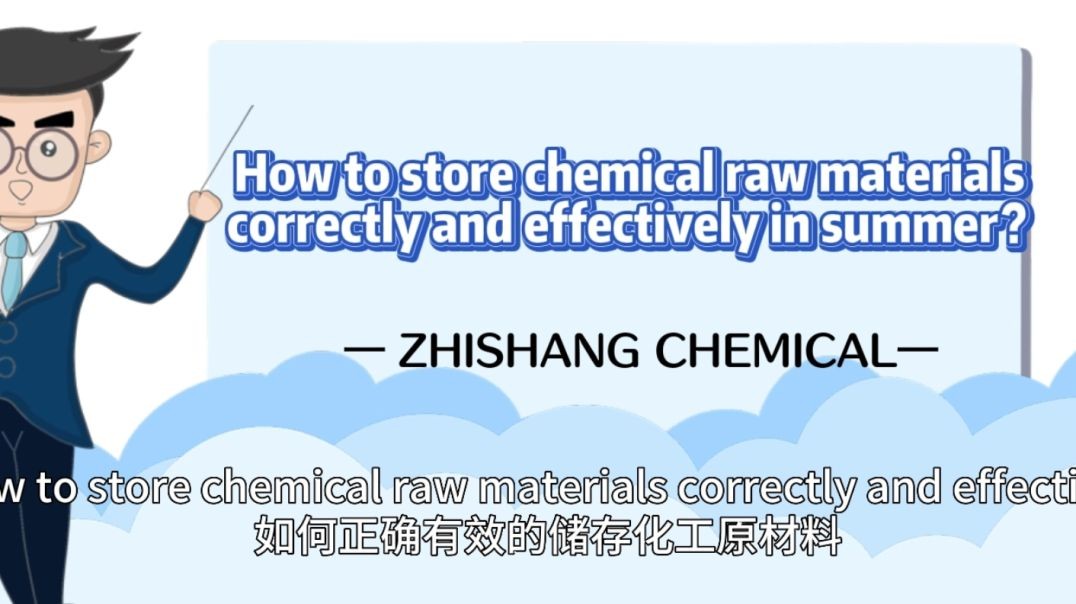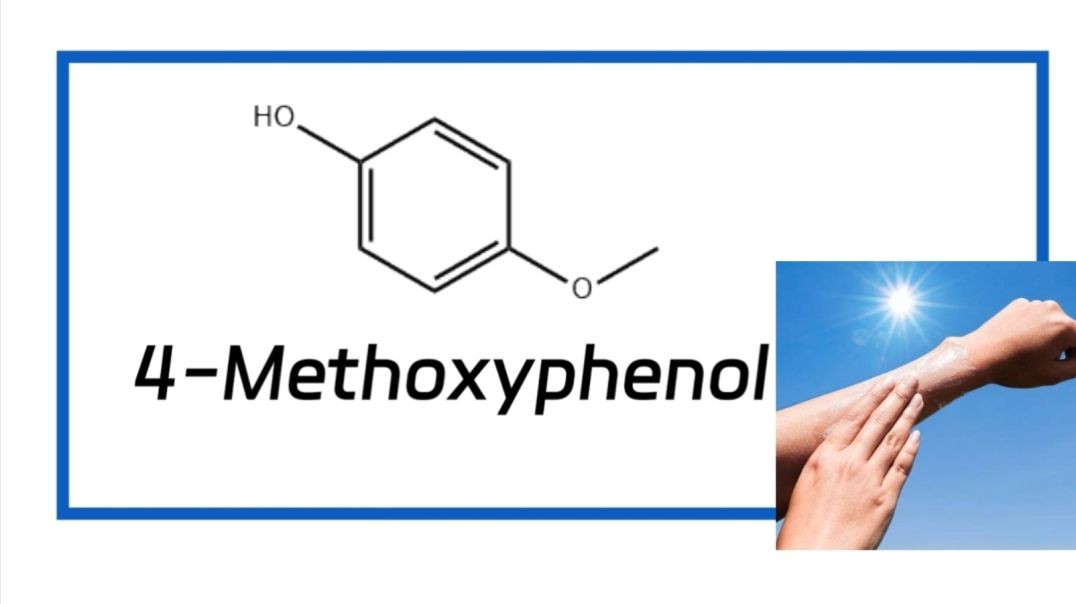Latest videos
The courage to have incomplete pronunciation is more important than perfection ❤
Hydroxybenzyl ether is a white flake or waxy crystalline substance mainly used as a polymerization inhibitor, UV inhibitor, dye intermediate for vinyl plastic monomers, and in the synthesis of edible oils and cosmetics antioxidant BHA.
Its biggest advantage is that the monomer added with MEHQ does not need to be removed when copolymerizing with other monomers, and can be directly copolymerized in a ternary system. It can also be used as an anti-aging agent, antioxidant, etc.
Emulsion is a colloidal dispersion system that stabilizes the dispersed phase in the form of water in oil or oil in water, and plays an important role in the food industry. In recent years, it has been widely studied for loading bioactive substances, improving bioavailability, controlling the release of active ingredients, and delaying lipid oxidation.
At present, traditional emulsifiers are widely used, and they still have certain advantages in terms of use cost and emulsification effect. Among them, sodium caseinate is the sodium salt of casein, the main component of natural lotion, and plays an important role in the structure of emulsion.
🎈 On the road to growth
Thank you for walking alongside the company
New year, continue to shine brightly!
Zhongtian Gate - Eighteen Plates - South Heaven Gate
3-hour extreme climbing,
Hands supporting each other, shared hiking poles, and supplies passing through backpacks
The steepest road can lead to the warmest team!
What is the advantage of receiving the most customer feedback
Fructose syrup: a more terrifying health killer than white sugar? Experts warn of metabolic crisis!
WHO warns that aspartame may cause cancer! Is the sugar free beverage you are drinking safe?
The natural resveratrol you ordered is ready to go!
✨ High purity | Strict quality inspection | Sealed packaging ✨
📦 Delivery status:
• Full protection throughout the process to ensure activity
Light resistant aluminum foil bag+shockproof packaging
• Express delivery, with traceable logistics
On this special day
The company has prepared a surprise party for March birthday stars
May every year be spent in love ✨
AEG is an upgraded version of APG, with better hydrophilicity and mildness, and higher cost.
🔥 Summer Chemical Raw Material Storage Guide | Essential for Safe Summer 🔥
As temperatures continue to rise, chemical raw material storage is facing severe challenges! Organize a professional summer storage plan for you to ensure the safety of raw materials during the summer:
🌡 Key measures for temperature control:
Volatile raw materials must be stored in a cool and shady warehouse (recommended ≤ 30 ℃)
Equipped with automatic temperature control system and dual circuit backup power supply
• Temperature monitoring 3 times a day (8:00/12:00/16:00)
💧 Key points of humidity management:
Moisture absorbing raw materials require double-layer packaging (inner plastic and outer iron)
The humidity in the warehouse is controlled at RH45% -65%
The amount of silica gel desiccant used has increased by 30%
☀ Special raw material processing:
▶ Flammables: separately stored in explosion-proof cabinet, equipped with foam fire extinguishing system
▶ Oxidizer: Keep away from organic acids and maintain a 5-meter distance
▶ Polymer: added antioxidant, nitrogen protected storage
⚠ Safety checklist:
✓ Lightning protection facility testing (once a week)
✓ Ventilation system full load test
✓ Trial operation of emergency sprinkler system
🔄 Inventory management suggestions:
Implement the principle of 'first in, first out'
Reduce single purchase quantity (control usage for 15 days)
• Conduct warehouse inspections once in the morning and once in the evening
Hydroxybenzyl ether is a white flake or waxy crystalline substance mainly used as a polymerization inhibitor, UV inhibitor, dye intermediate for vinyl plastic monomers, and in the synthesis of edible oils and cosmetics antioxidant BHA.
Its biggest advantage is that the monomer added with MEHQ does not need to be removed when copolymerizing with other monomers, and can be directly copolymerized in a ternary system. It can also be used as an anti-aging agent, antioxidant, etc.
🌱 Our choice:
✔ Plant sources provide peace of mind
✔ Gentle and non irritating formula
✔ Biodegradation is more environmentally friendly
🌷 To all goddesses:
May you have a smile at the corner of your eye
May your face never age
May your life be filled with poetry and distant places
Today is another day of serious delivery~
Each package has been carefully packaged,
Just like preparing a gift for a good friend with care 🎁
chemical property
Tween 80 is an amber oily liquid with a relative density of 1.00 ± 0.05, viscosity of 0.40-0.60Pa · s (25 ℃), flash point of 288 ℃, and HLB value of 10.0. Dissolved in mineral oil, corn oil, dioxane, and cellulose, it is dispersed in water and ether.
Zhishang Chemical Co., Ltd. is a high-tech enterprise specializing in the research and development, production, and sales of environmentally friendly chemical new materials. The company consists of four core departments: R&D center, production base, marketing, and quality management, forming a complete integrated operation system of industry university research.
The R&D center is equipped with advanced experimental equipment and a professional technical team, focusing on the development and process optimization of new products such as environmentally friendly plasticizers and biobased materials; The production base has multiple modern production lines and strictly implements ISO quality management system and environmental production standards to ensure stable and reliable product quality.
The marketing team deepens its efforts in the domestic and foreign markets to provide customized solutions for customers in the fields of organic intermediates, essence and fragrances, petroleum, catalysts, coatings, etc. The Quality Management Department has established a comprehensive quality control system to ensure that all products comply with international environmental standards such as REACH and RoHS.
Environmentally friendly plasticizer is a new type of polymer material additive, mainly used to enhance the flexibility and processing performance of plastic products.
Compared with traditional plasticizers, the biggest feature of environmentally friendly plasticizers is their environmental friendliness, with advantages such as being non-toxic, biodegradable, or sourced from renewable resources.
This type of plasticizer effectively reduces the intermolecular forces by inserting between polymer molecular chains, thereby significantly improving the softness and ductility of plastics, making them easier to process and shape.
In terms of application, environmentally friendly plasticizers are widely used in fields with high safety requirements such as medical devices, food packaging, and children's toys, which can completely avoid the health risks that traditional plasticizers may bring.
Today is another day of full firepower! 🔥 The warehouse team cooperates seamlessly, with fast sorting, strict quality inspection, and careful packaging - each item carries the customer's expectations and must be delivered steadily! 🚚💨
From order to delivery, the entire process is efficient and smooth, never betraying every trust! ❤ Continue to work hard and be your most reliable supply chain partner~

